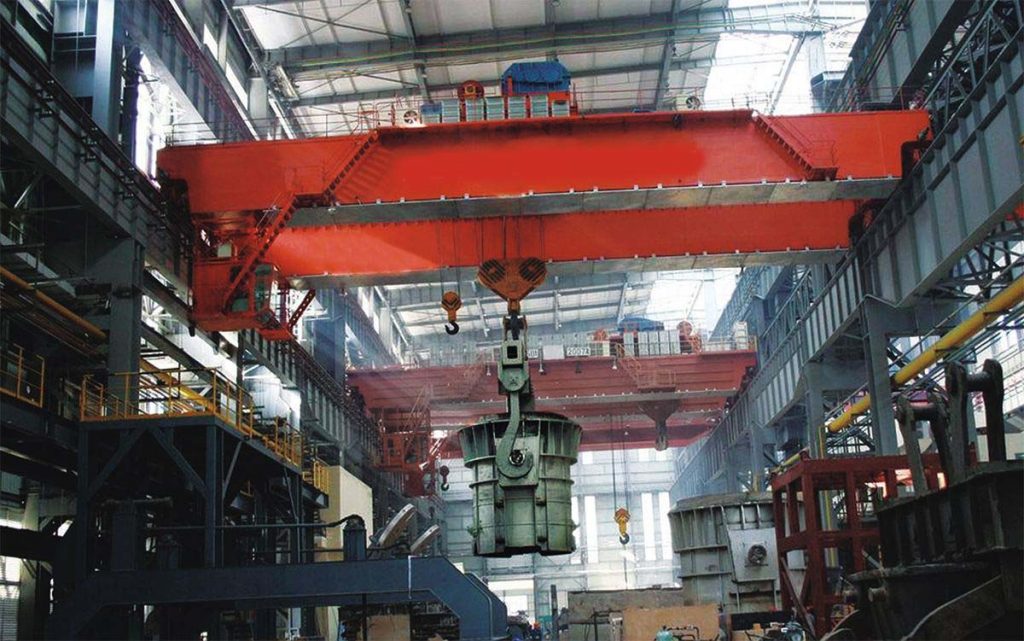Moving heavy or bulky loads through aisles or across the floor of a factory or warehouse takes up a lot of time and can also lead to unnecessary injuries. This is when overhead cranes become useful as they enable the owners of warehouses to easily lift, move, or lower loads horizontally across an overhead space of a facility.
With lifting capabilities that accommodate load movement, the overhead crane is controlled manually by a trained operator or from wired pendant stations or wireless controls that guide the travel of the crane.

What Are Overhead Cranes Used For?
Overhead cranes(gruas viajeras) which also go by the name of bridge and jib cranes perform a role in various industrial settings and applications to promote the handling and processing of oversized and heavy objects, where other types of equipment and handling methods cannot. Overhead cranes are used in many areas, including:
– Warehouses
The cranes are used to move large, heavy items from and to a dock area.
– Assembly
The crane can be used to move an unfinished product through different production processes(procesos de producción).
– Transportation
For loading a manufactured goods onto an open trailer or railcars.
– Storage
For transporting heavy and/or bulky loads or objects from and to storage areas.
The Benefits Of Overhead Cranes
When running large industrial or warehouse businesses, you require tools of high-quality, along with the appropriate tools to ensure all your processes run smoothly. With overhead cranes, it becomes possible to increase productivity, transport goods, and objects quickly around the facility, along with taking advantage of other benefits that include:
– Increased Safety
Forlifts are associated with risks of dropping goods, imprecise stacking, and accidents caused by goods that fall off the forklift. Overhead cranes offer the advantage of moving objects across an overhead space, which means they do not pose these risks. They are also able to move bulky and heavy loads faster than a forklift.
– Better Load Control
Most overhead cranes feature precision controls. This enables the machine to position goods and objects more precisely. The bridge crane(grúa de puente) also allows operators to position loads in the exact place that they want them to go while lowering the risks of human error.
– Prevent Floor Obstructions
Since an overhead crane is positioned close to the ceiling of a facility, they are away from all the other things on a warehouse floor. This allows users to install the crane where it is needed. The crane also allows operators to safely carry items above obstacles on the floor, which helps to reduce the risks of product damage.
– Easier Lifting Of Loads
As was mentioned before, an overhead crane features high-lifting capabilities. However, all cranes come with a specific lift capacity, which is why it is important to not exceed these capacities to prevent failure or accidents from occurring.
– Customizable
It is easy to customize and overhead crane by adding Below-The-Hook accessories. These include pallet lifters, sheet lifters, tongs, roll and coil lifters, spreader beams, and lifting beams.
In a word, if you need a overhead crane, I recommend you to look the products at Aicrane: https://aicranegruas.com/